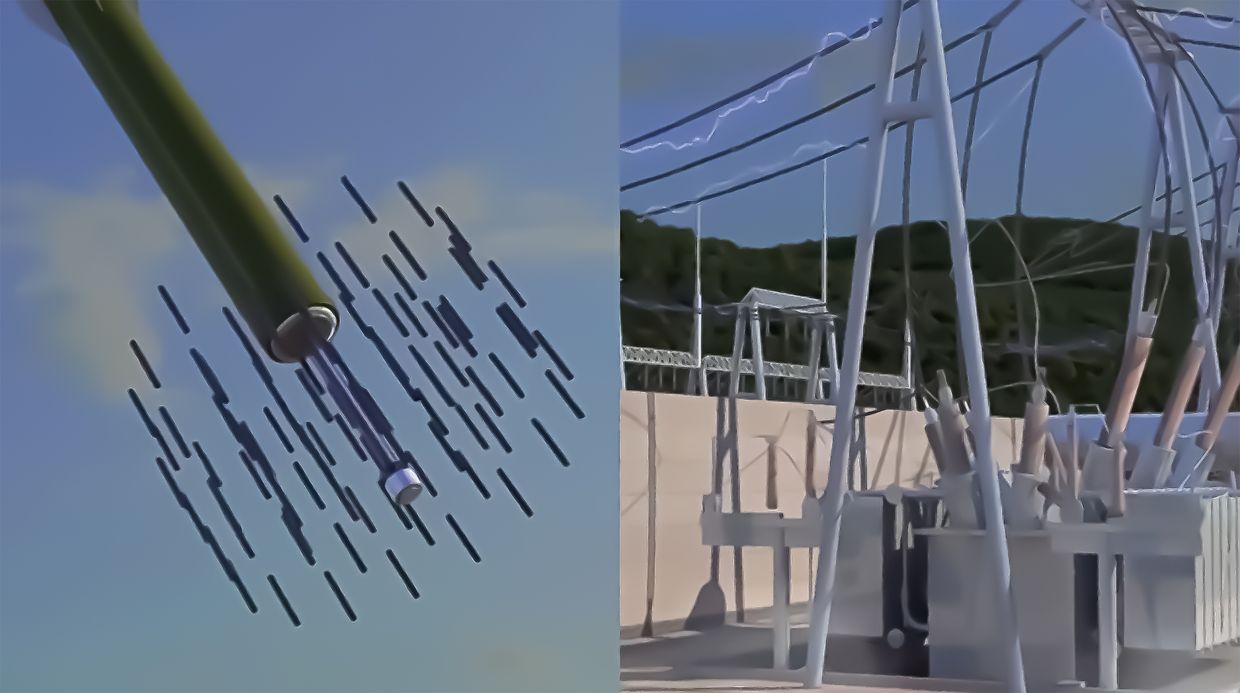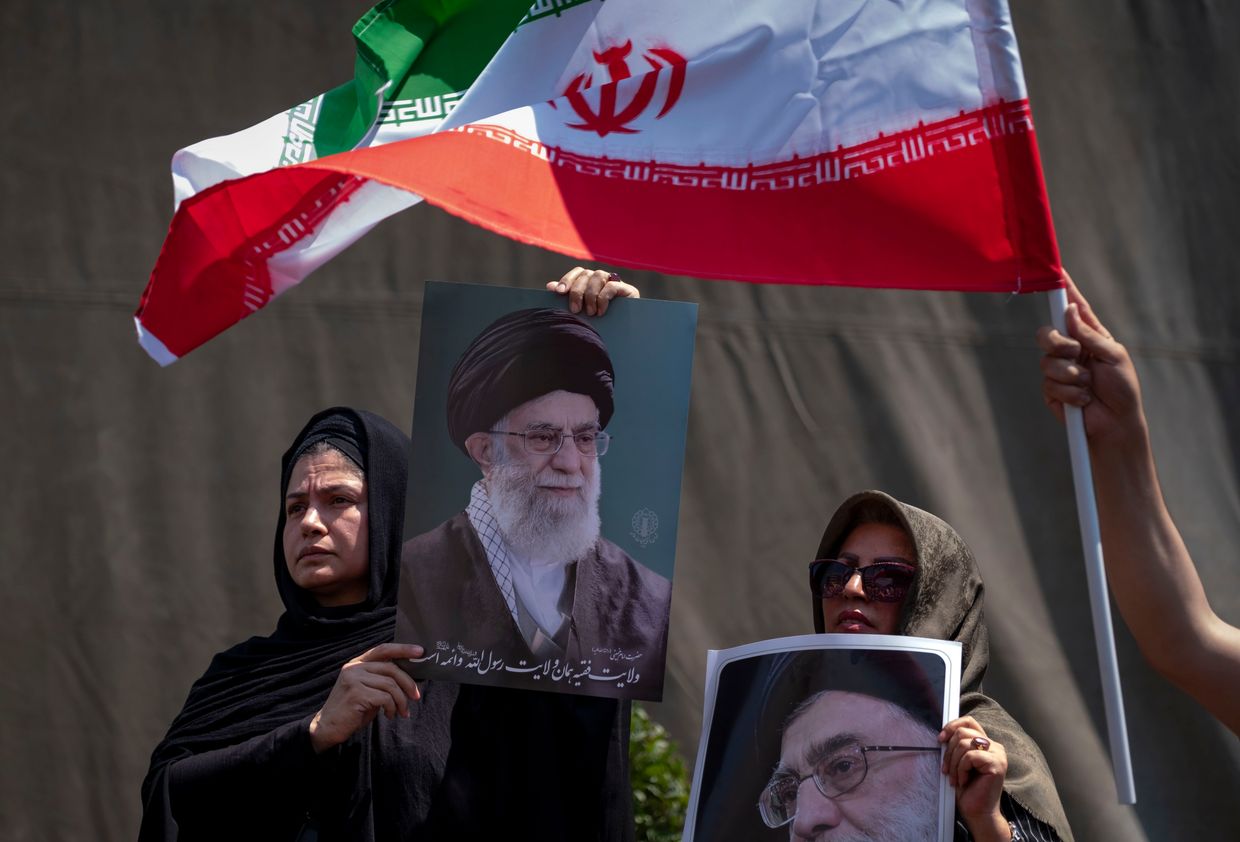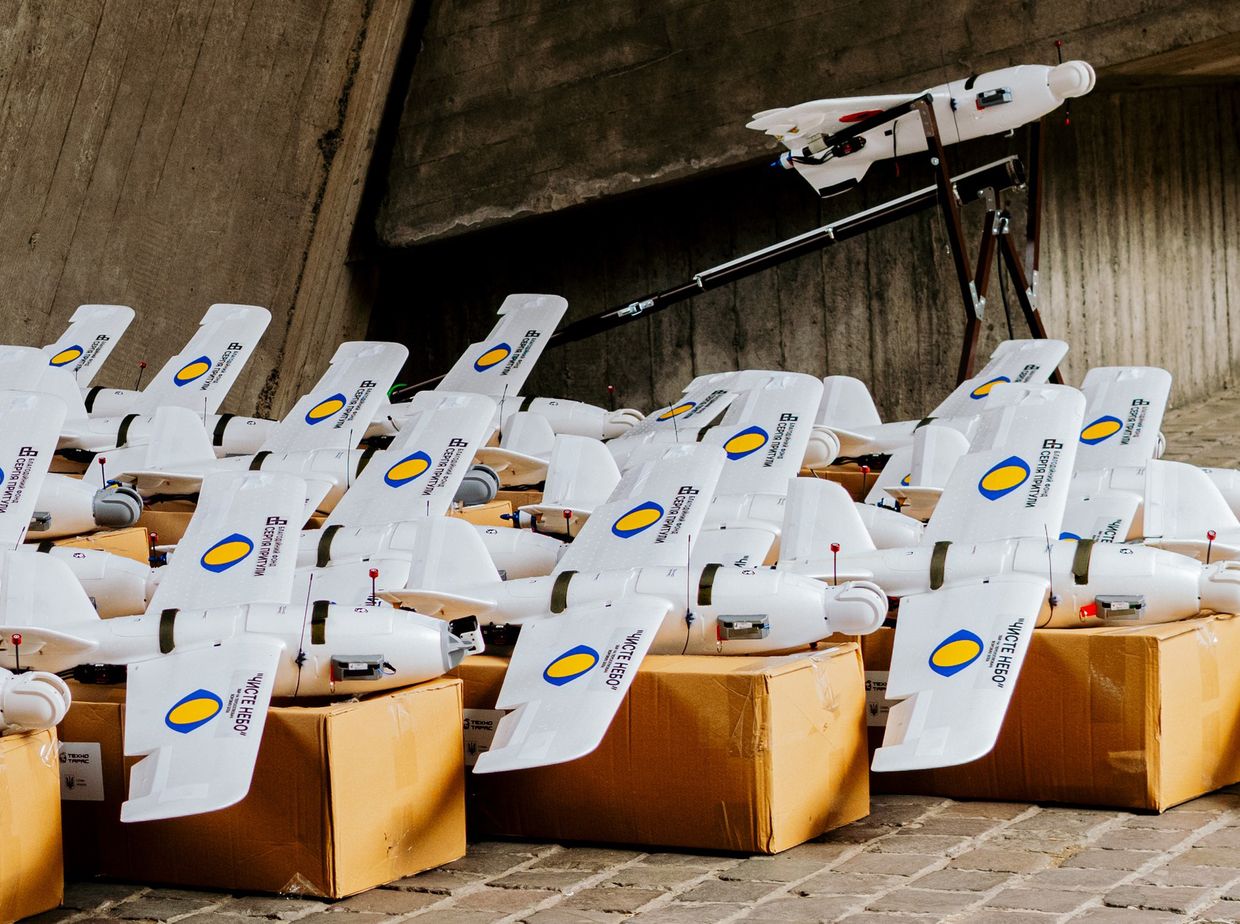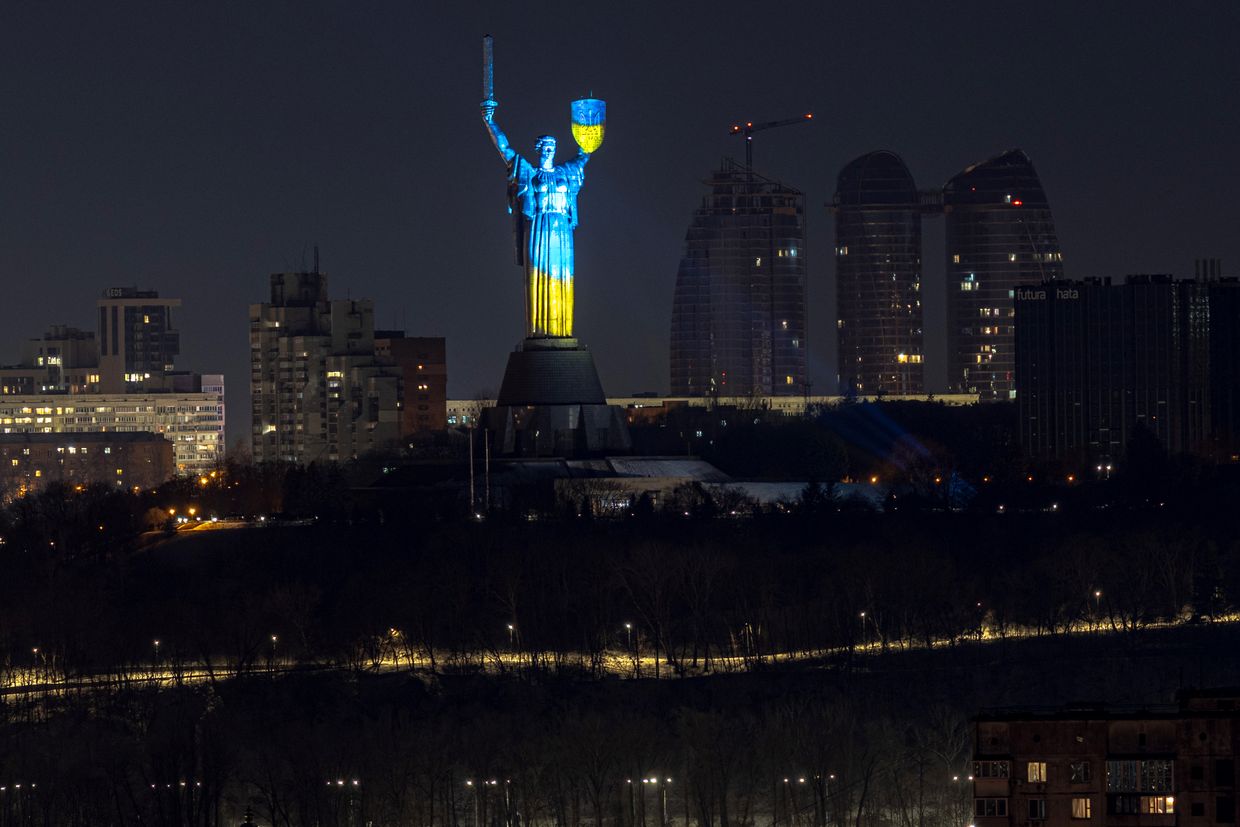Hitting a building, waiting for first responders and the media to arrive, and hitting the same place again to target those who came to put out the fire, help the victims, or document a potential war crime is a well-honed tool of Russia in its wars.
This ruthless and illegal military tactic is called a "double-tap" attack.
Having used Syria as a "testing ground" since 2015, Russia started terrorizing Ukraine with "double-tap" attacks following the full-scale invasion. Those attacks have grown more frequent in recent weeks.
Russian "double-tap" attacks against Ukraine have killed and injured dozens of rescuers, police officers, medics, and journalists who should be protected by international law.
The escalation in "double-tap" attacks may be linked to Russia's attempt to affect the morale of Ukrainians, exhausted from over two years of full-scale war, as well as inflict greater damage to the country's critical infrastructure, experts suggest.
‘Maximum damage and loss of life’
"I heard this terrible whistle. My colleague shouted for me to lie down. And then it hit," said Kira Oves, a journalist from the Ukrainian TV channel 1+1, describing her experience of witnessing a Russian "double-tap" missile attack on Zaporizhzhia on April 5.
Her team went to the site of the initial strike in one of Zaporizhzhia's largest residential neighborhoods to report on the damage inflicted on civilian infrastructure. Just when they were preparing to interview residents clearing their homes from shattered glass, two more Russian missiles struck the same location, about two hours after the initial barrage.
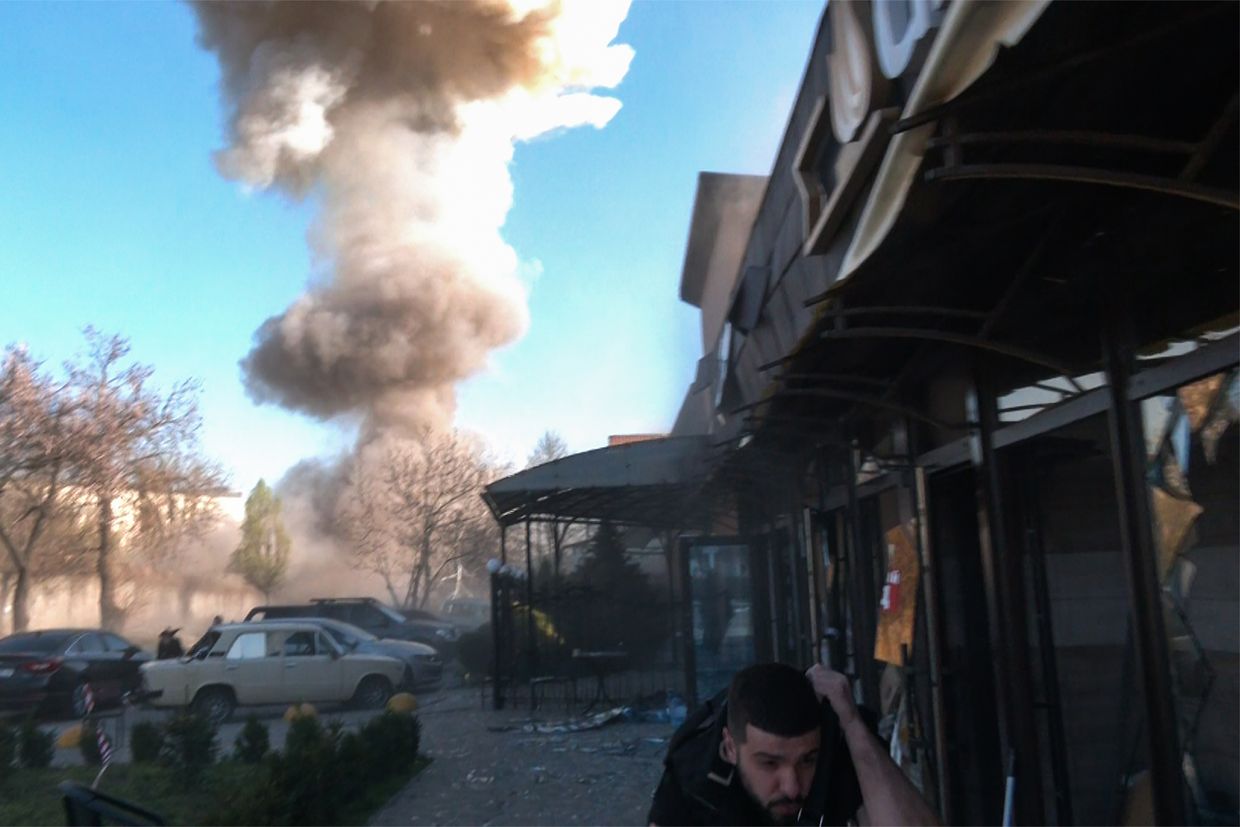
Oves sustained a minor head injury, while another Ukrainian journalist, Olha Zvonarova, was seriously wounded. A total of four people were killed and 31 were injured, including a police officer, according to the regional governor. Over 40 buildings, including civilian and industrial infrastructure, were reportedly damaged, the governor said.
"Firing multiple munitions at a target is not unusual in and of itself since it increases the likelihood the target will be destroyed. But if there's a lag between the first strike and the follow-on strikes, the goal may be to kill people that arrive at the scene after the first strike," John Hardie, deputy director of the Russia Program at the Foundation for Defense of Democracies, told the Kyiv Independent.
According to Kelly Grieco, a senior fellow at the Stimson Center whose expertise includes international security and air operations, if Russia's goal was to ensure it had destroyed a target, the strikes would likely occur with a shorter gap.
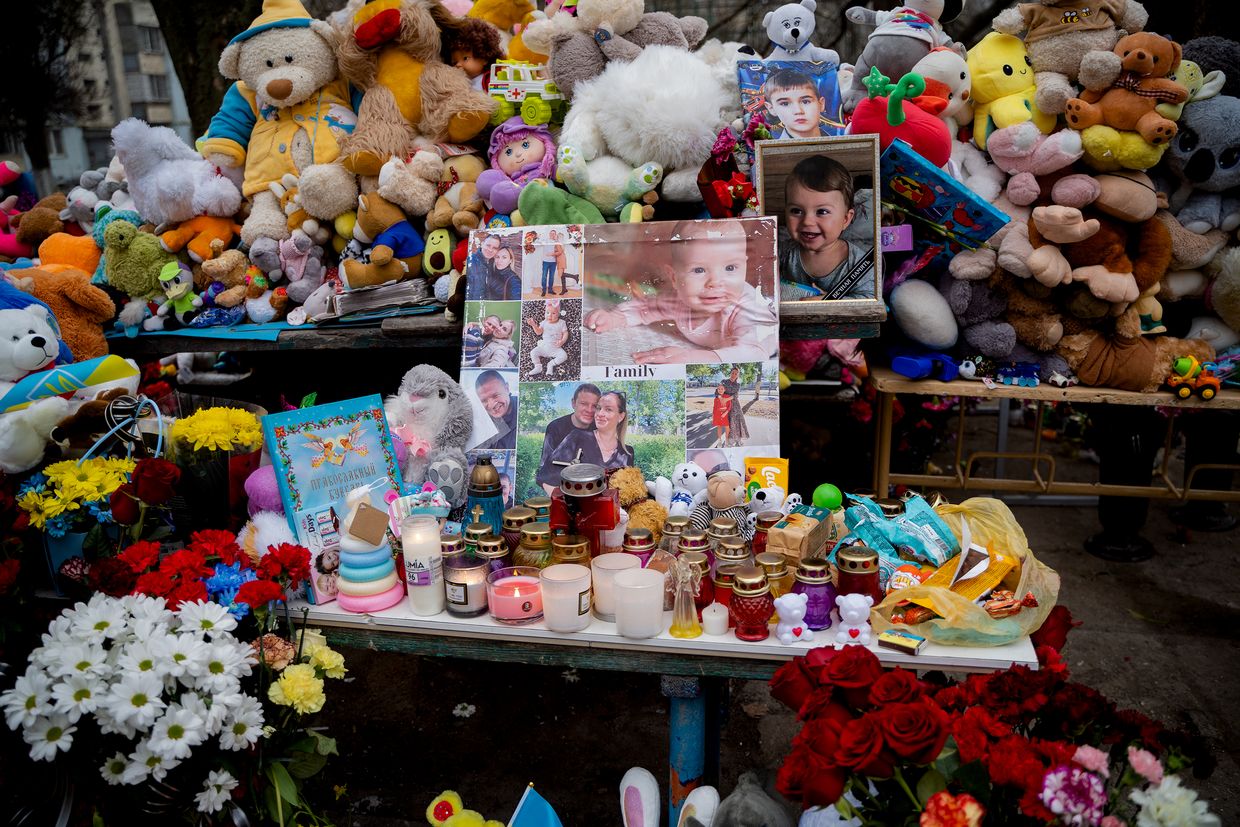
"But the regularity with which these strikes seem to come thirty minutes apart suggests the purpose is to cause maximum damage and loss of life, including to rescue workers," she told the Kyiv Independent.
Just a day before the Zaporizhzhia strike, Russian forces conducted a "double-tap" drone attack against Kharkiv, resulting in four fatalities, including three first responders, and injuring 12, including an emergency service worker, a policeman, and a nurse.
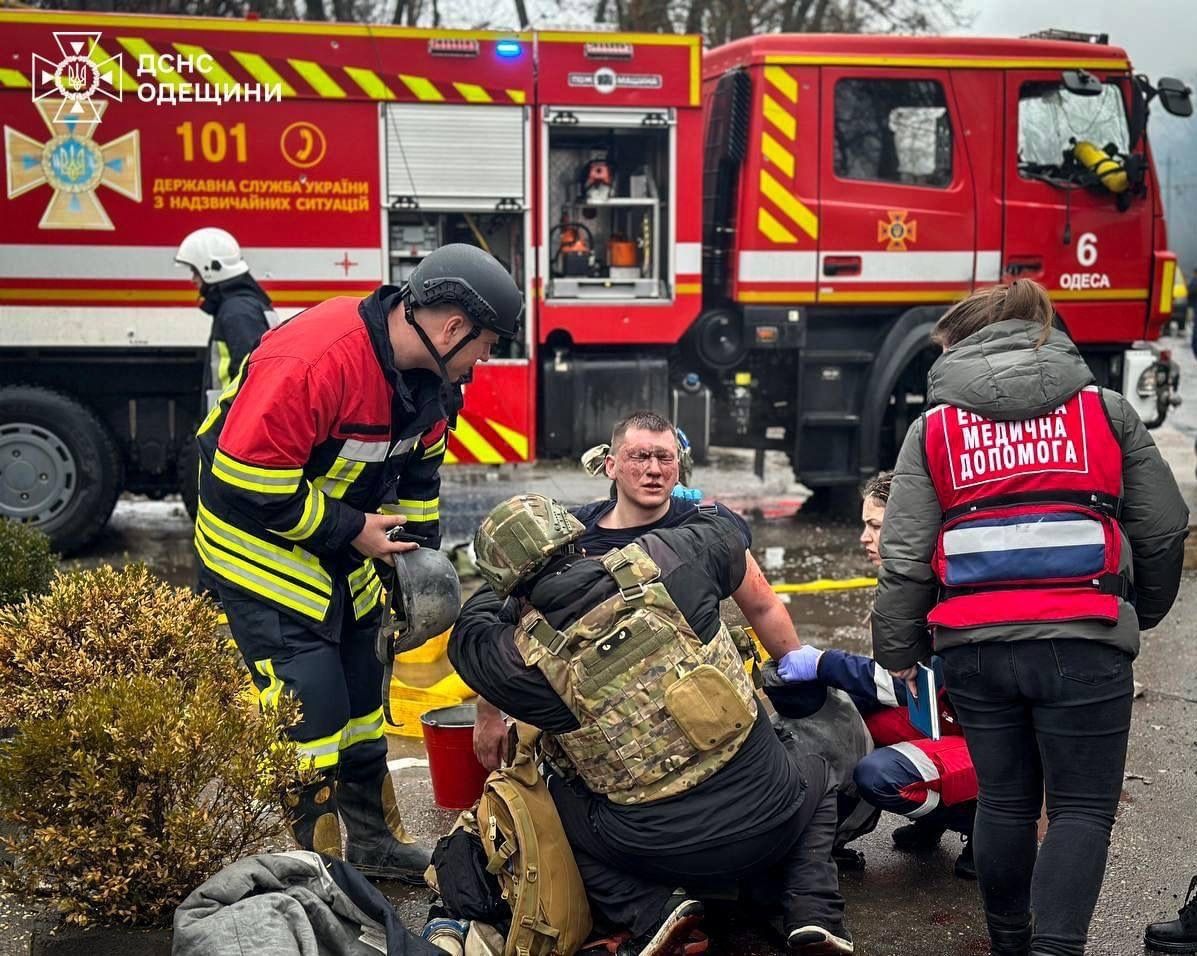
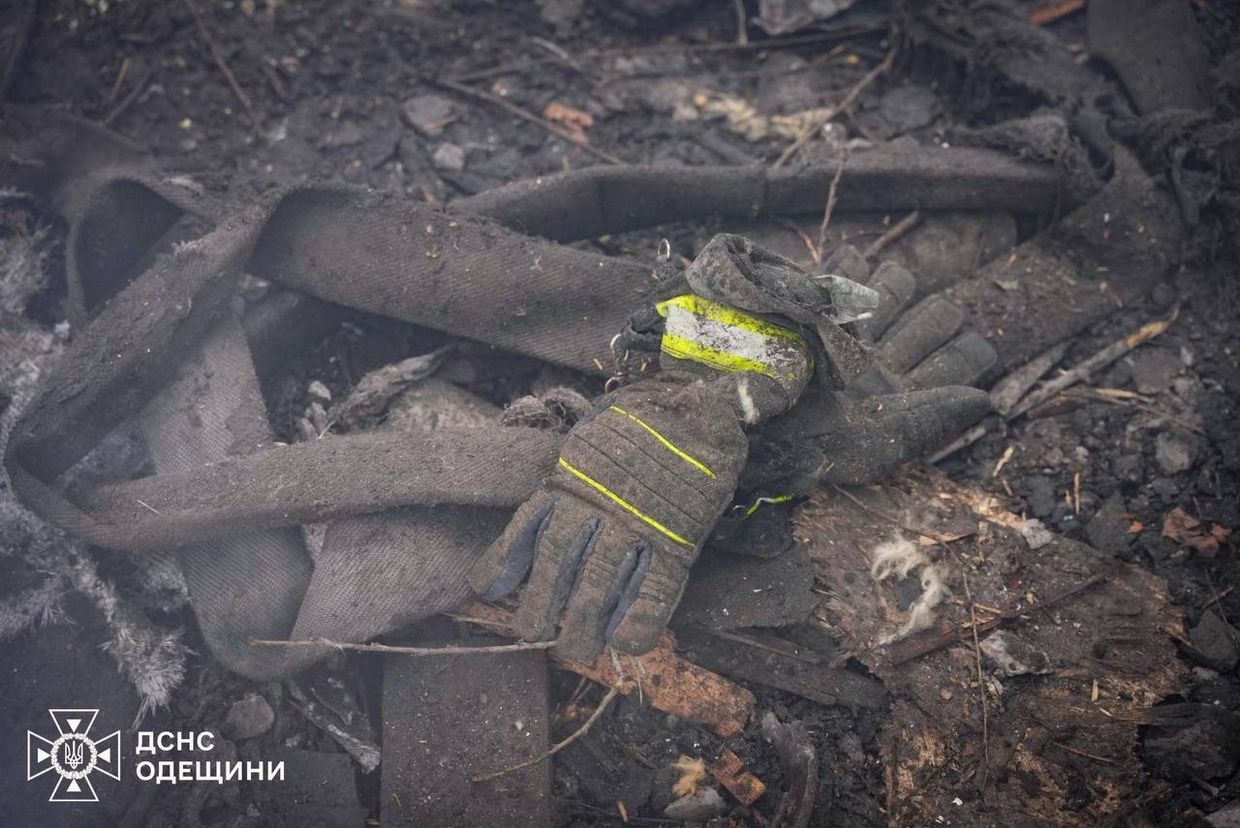
“A drone struck between two emergency service vehicles. Firefighters were lying nearby with serious injuries and screaming for help," Heorhii Ivanchenko, a Ukrainian photojournalist who witnessed the attack, told the Kyiv Independent.
"My colleague and I tried to understand where they were aiming — there had to be some justification for this attack... but like most attacks on Ukraine, it was just terror.”
Russian "double-tap" attacks against Odesa on March 15 and April 10 claimed the lives of over 20 people, including a 10-year-old girl, and left more than 80 wounded. Among the victims were eight first responders, an unspecified number of police officers, and a paramedic.
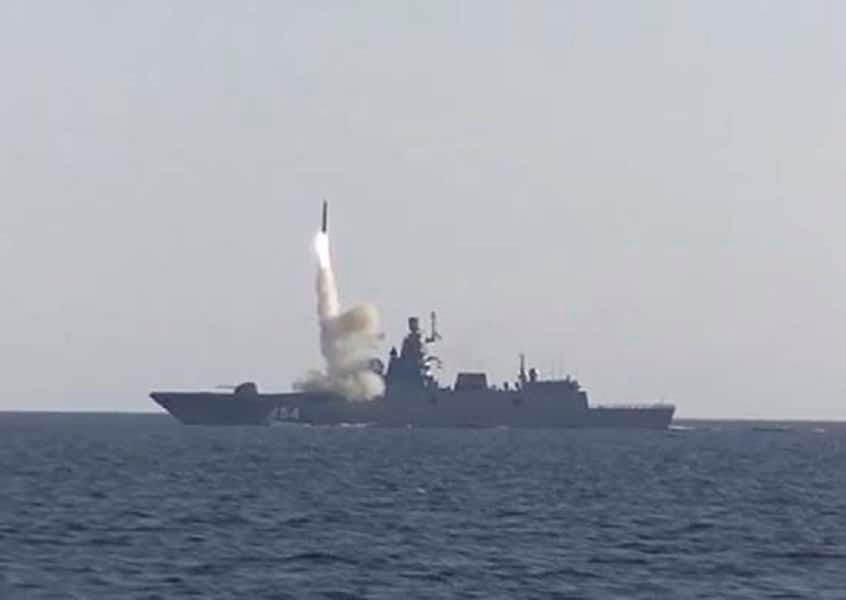
As of April 16, a total of 91 employees of Ukraine's State Emergency Service have been killed, and another 351 have been wounded since the beginning of Russia's full-scale invasion, the service's spokesperson, Oleksandr Khorunzhyi, told the Kyiv Independent.
He said that some of these casualties had resulted from Russia's "double-tap" attacks, but the exact number was not yet established.
History of ‘double-tap’ attacks
Ukraine is not the first country suffering from Russian "double-tap" strikes — Moscow employed this tactic extensively in Syria alongside Bashar al-Assad's government forces. According to Syria's Justice and Accountability Center, 58 "double-tap" airstrikes were carried out in Syria between 2013 and 2021, primarily targeting humanitarian workers.
The White Helmets volunteer organization, which rescued civilians from the rubble of destroyed buildings, lost over 300 volunteers during the war in Syria, with most falling victim to "double-tap" attacks, the group said in July 2023.

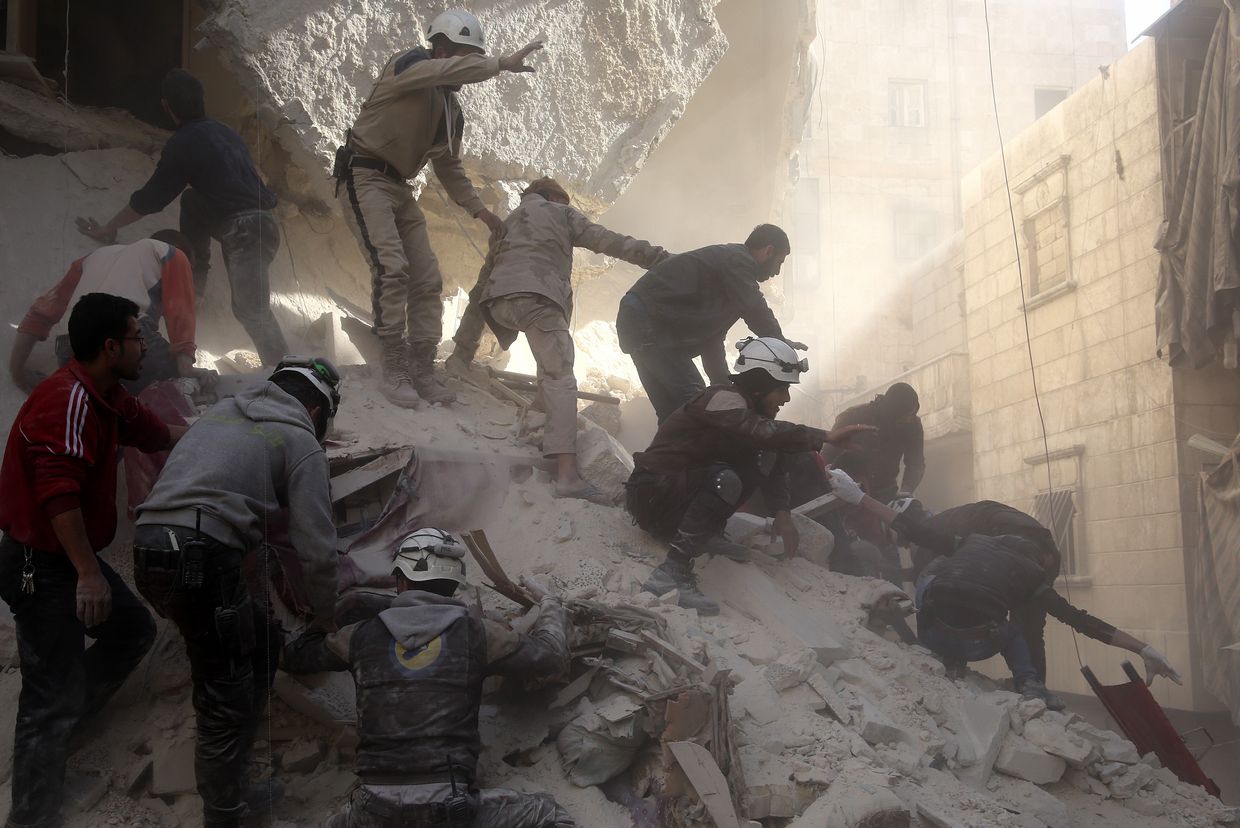
The Reckoning Project, which has been gathering testimonies of war crimes in Ukraine since 2022, has drawn a lot of parallels between what happened in Russia's wars in the two countries. One of the project’s co-founders is Janine di Giovanni, a human rights reporter and investigator with over 30 years of experience working in war zones, including Syria.
"We should always look back to what Putin did in Aleppo. Because the tactics he used there were a playbook that he set in motion and continues to use in Ukraine now,” di Giovanni told the Kyiv Independent.
"Sometimes we even look as far back as Chechnya because (Russian President Vladimir) Putin has a pattern of attacking civilians indiscriminately… It's part of a larger strategy of punishment and control."
A “double-tap” attack amounts to a war crime if proven that the attack was deliberately targeting civilians, including first responders, humanitarian workers, and journalists, which is prohibited by the Geneva Convention, according to di Giovanni.
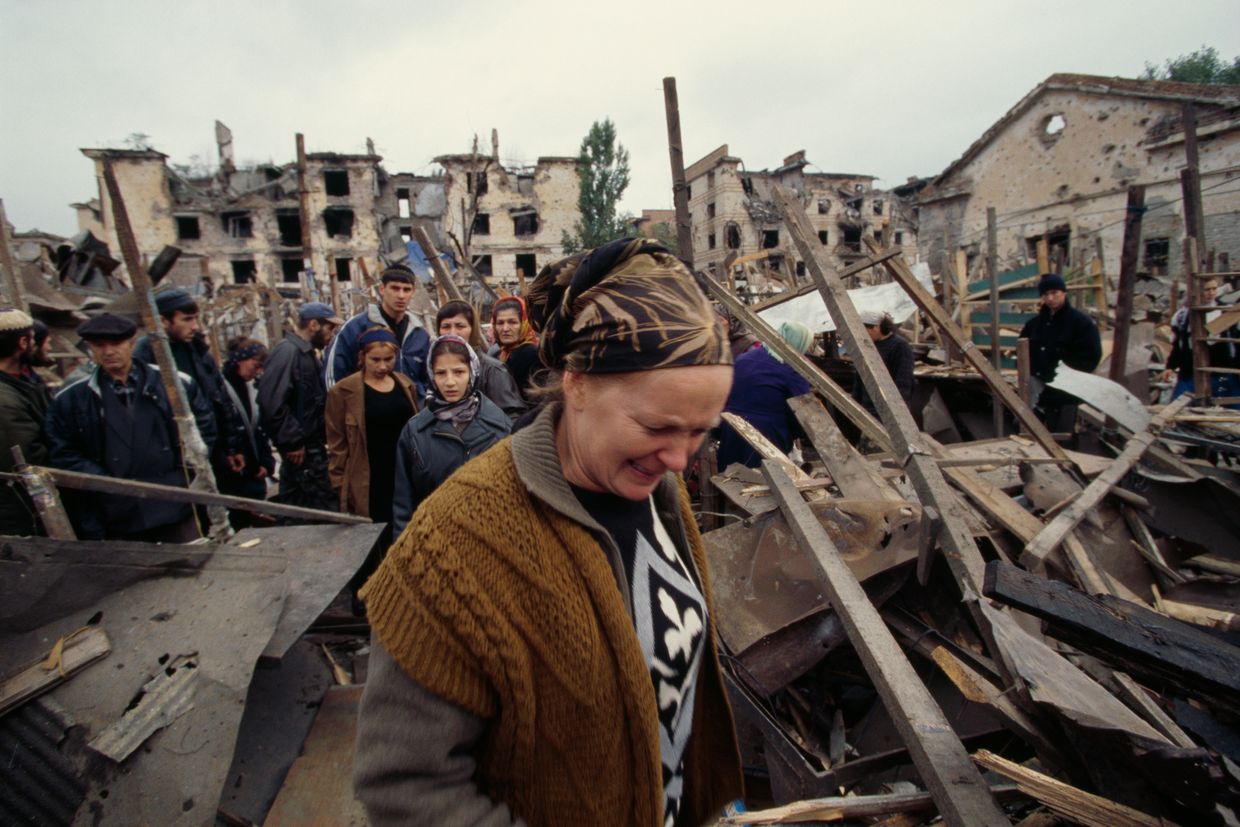
U.S. forces in Pakistan, the Israeli military fighting in Gaza, and the Saudi-led coalition that launched an intervention in Yemen in 2015 have also been accused of carrying out "double-tap" attacks.
Why now?
Russia's intensified "double-tap" attacks coincide with an increasingly grim situation for Ukrainian forces on the battlefield, who are struggling to maintain their positions amid delays in Western military aid.
"It's two years into a war. Ukrainians are exhausted. They're demoralized. They're extremely worried about whether they're going to get more ammunition from the West. And Putin taps into this," said di Giovanni.
Meanwhile, Ukrainian cities endure Russian large-scale attacks against their energy systems, which in March alone damaged or destroyed 80% of the thermal generating capacity of the country's largest private energy company, DTEK.
"In the case of ‘double-taps’ against energy facilities, the Russians may be trying to degrade Ukraine's ability to repair its infrastructure," according to Hardie.
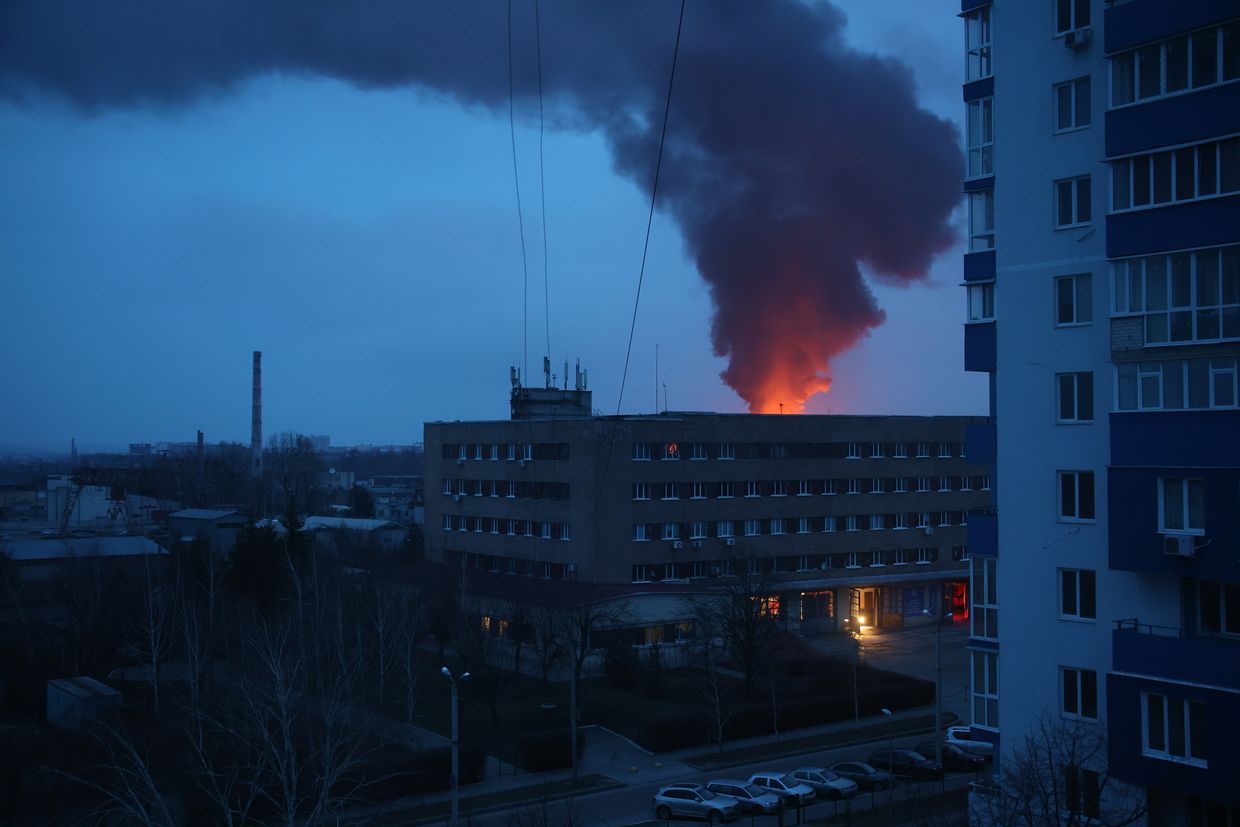
In recent weeks, Ukrainian forces launched a series of successful drone strikes against Russian oil refineries and industrial facilities. Some experts suggest Moscow's increased attacks may serve as a "punishment" for the strikes inside Russia, something that Putin openly claimed on April 11.
"The Russians vowed to retaliate, and these ‘double-tap’ attacks seem to be part of the retaliation, in a bid to dissuade Ukrainians from conducting more such attacks against its energy infrastructure," Grieco said.
Efforts to protect
The surge in "double-tap" attacks has forced Ukraine’s emergency service to reassess its safety protocols to minimize casualties among its personnel.
According to Khorunzhyi, the State Emergency Service has already begun implementing new instructions, which include providing rescuers with more advanced body armor, improving the system of security alerts, and increasing the automation of rescue processes.
However, rescuers can't afford to arrive at the scene of an attack only when the danger has passed "since the essence of the emergency services is lost in this case," Khorunzhyi said.
"When help is needed, if a person is bleeding under the rubble or needs to be rescued from a fire, no rescuer would wait for hours until the air raid alert is over."
Despite the ongoing threat posed by Russia’s “double-tap” attacks in Ukraine, journalists are also determined to continue their work in the field.
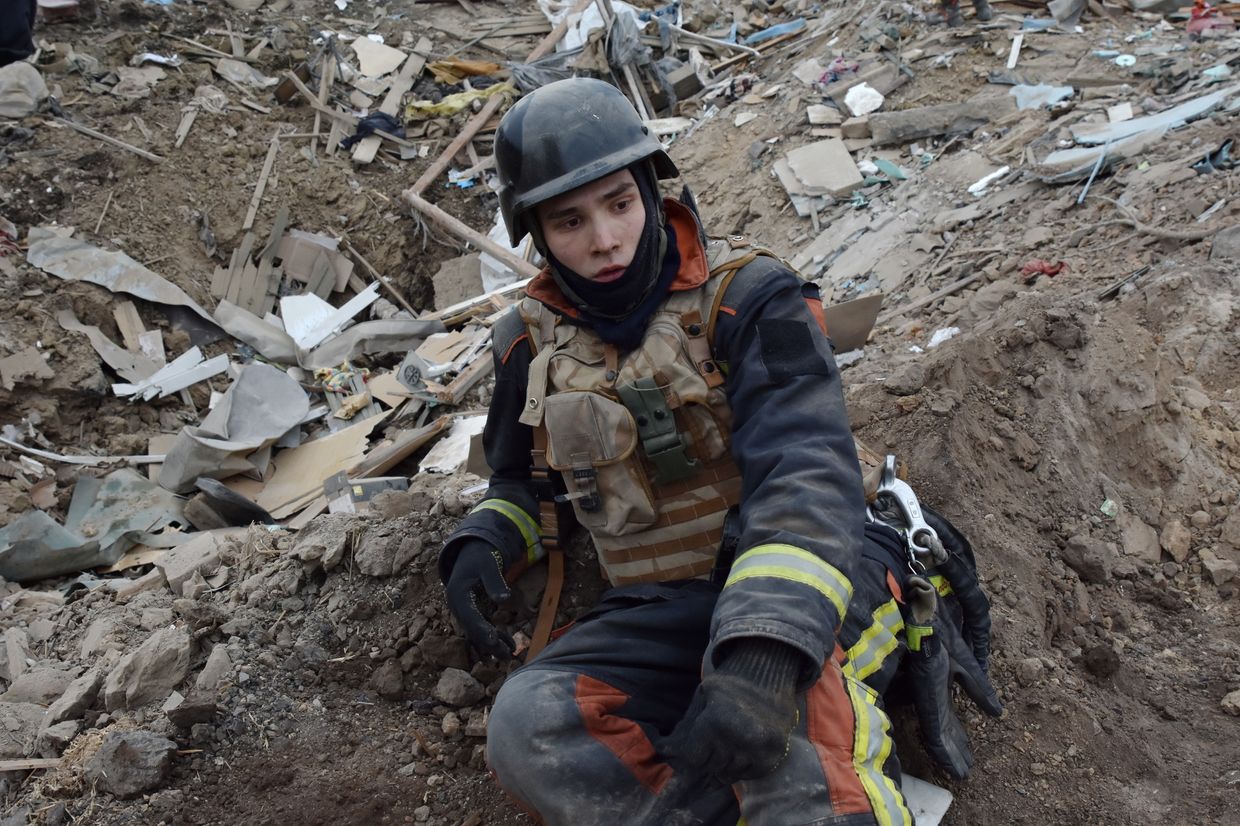
“Of course, everyone tells us to be more careful. We also go to (the front-line towns) of Orikhiv and Huliaipole… so you can never predict when you might come under fire,” said Oves.
“But when it's essential to convey information — especially in the aftermath of attacks resulting in injuries and fatalities — how can we stay silent?”






